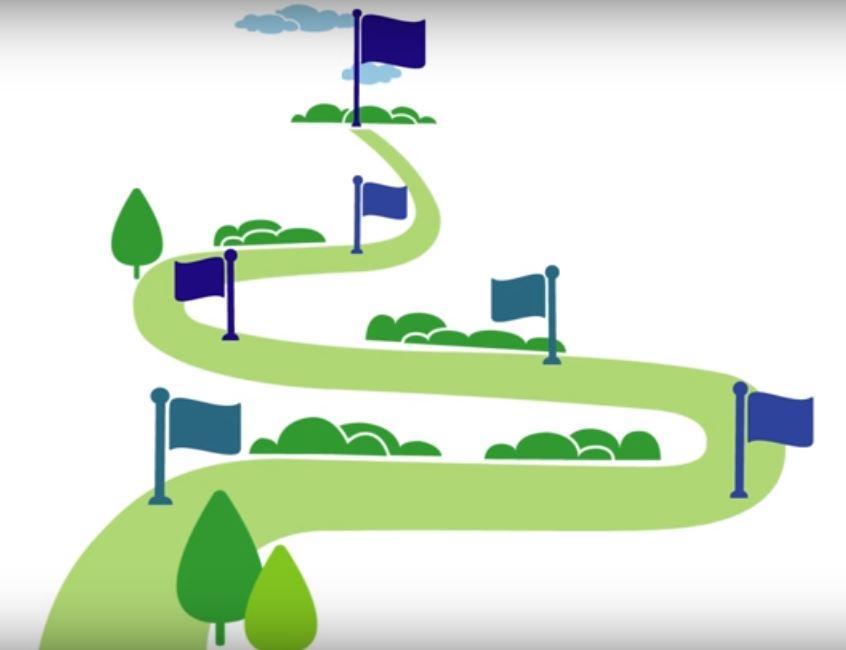The Digital Library - Formative & Interim Assessment
The Digital Library
A collection of instructional and professional learning resources by educators for educators aligned to college and career ready standards.

The library is collaborative and interactive, allowing users to rate materials and share their expertise with other educators in online forums. Educators can use the Digital Library for:
- Instructional Resources include ideas, activities, tools, and lessons designed to enhance instruction and supplement curriculum within K-12 classrooms.
- Professional Learning Resources focus on educator professional development, mentoring, and coaching, and have utility in professional learning communities.
- Playlists are collections of Digital Library resources that all focus on the same or similar content, organized into progressions of skills or understanding.
Formative Assessments
A deliberate process used by teachers and students during instruction that provides actionable feedback.

The Formative Assessment Process is used to adjust ongoing teaching and learning strategies to improve students' attainment of curricular learning targets/goals.
Clarify Intended Learning
- Determine Learning Goals—what students will know by the end of the lesson. The goals describe “big ideas” or concepts and reflect academic standards. Learning goals are written in student friendly language, beginning with, “I understand.”
- Establish Success Criteria—the evidence that teachers and students use to determine how students are progressing toward the learning goals. They are also written in student-friendly language, beginning with “I can.”
Elicit Evidence
- Engage in a learning event or activity that prompts and generates evidence of learning. Evidence should be tightly aligned to the learning goals and guided by success criteria.
- Consider student needs, interests, and learning styles when deciding how to elicit evidence so that students can demonstrate their understanding in different ways to meet the success criteria. Use multiple sources of evidence to draw accurate conclusions about student learning.
Interpret Evidence
- Review the evidence to determine students’ progress toward learning goals and success criteria. Interpreting is about analyzing evidence of learning and identifying the gap between where students are and where they need to be. Students can analyze evidence of their own learning and discuss their interpretations with teachers and peers.
- Interpreting evidence is not a single event but part of an ongoing process throughout instruction.
Act On Evidence
- Teachers determine and initiate appropriate instructional next steps. These may not be the same for all students and must take into consideration each student’s readiness, interests, and learning preferences.
- Students receive feedback that is specific about what they need to do next in the learning process.
Interim Assessments
Flexible and open assessments to check student content knowledge at specific benchmarks.

Interim Assessments allow teachers to check student progress throughout the year, giving them information they can use to improve their instruction and help students meet the challenge of college and career-ready standards. Teachers employ them to check students’ progress at mastering specific concepts at strategic points during the school year. The interim assessments consist of the following features:
- Interim Assessment Blocks (IABs) that focus on smaller sets of related concepts and provide more detailed information for instructional purposes.
- High-quality test items that are developed in the same way as those used for the summative assessments.
- Questions that can be machine scored by the Smarter Balanced Test Delivery Engine (some questions such as constructed-response items and performance tasks need to be scored by teachers locally).
Resources
Web Apps
The following links are to web apps that teachers can use to create formative assessments. These assessments can be used to check for understanding and monitor progress towards standards proficiency.
Kahoot |
Quizlet |
Socrative |
Mentimeter |
Testmoz |
Gnowledge |
Formative |
Kwiksurveys |
Quizizz |
Quizalize |
ClassMarker |